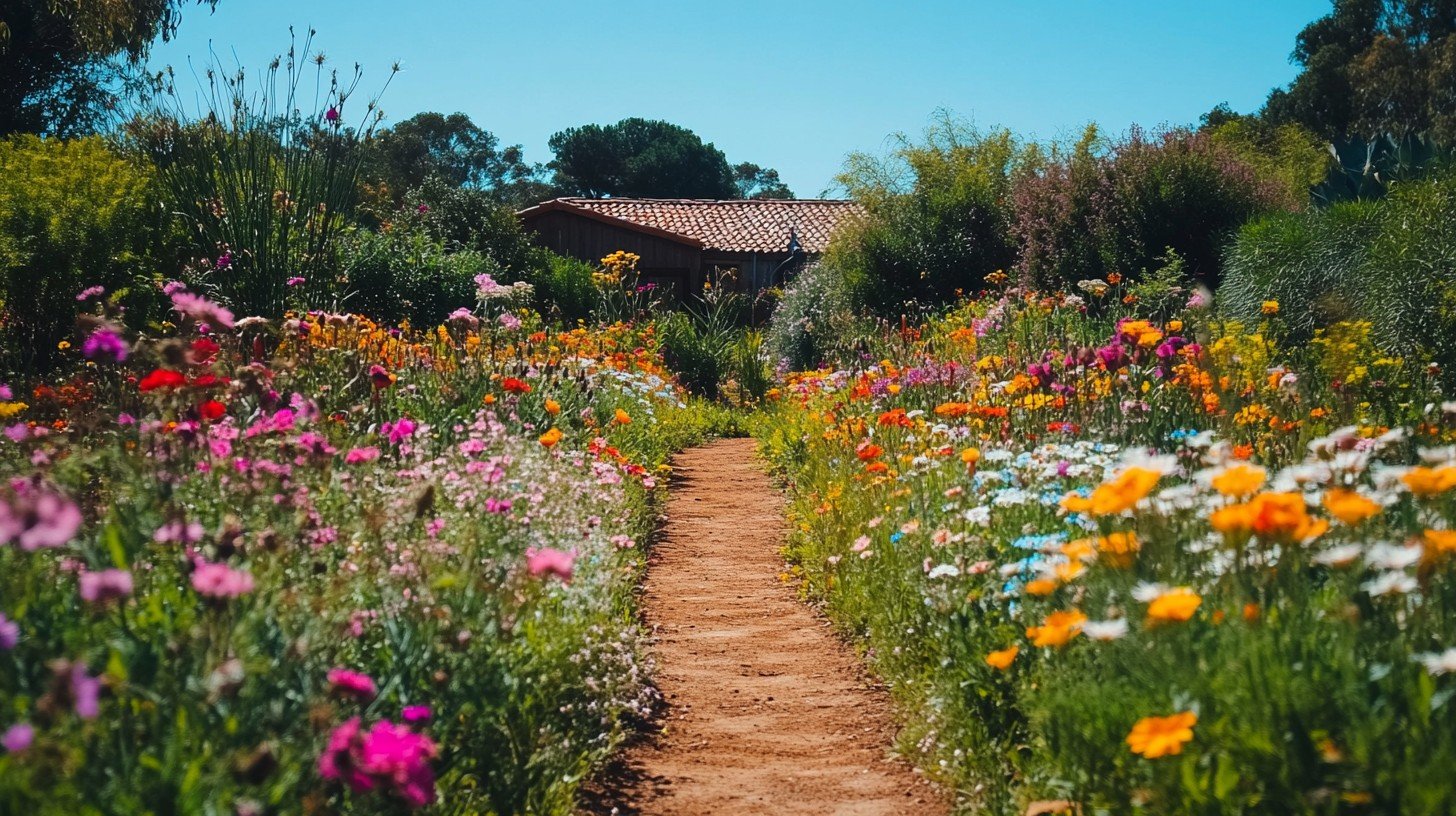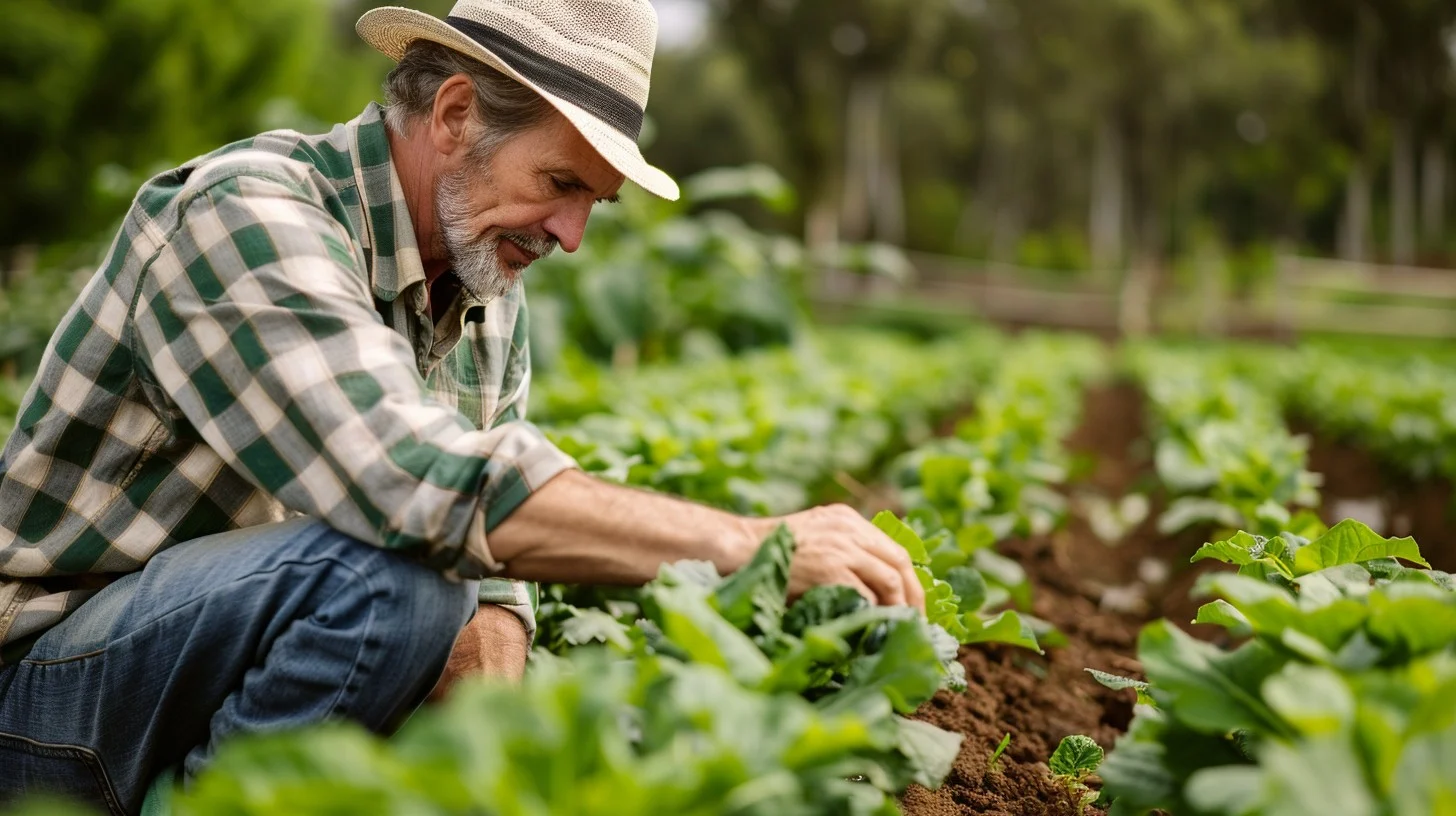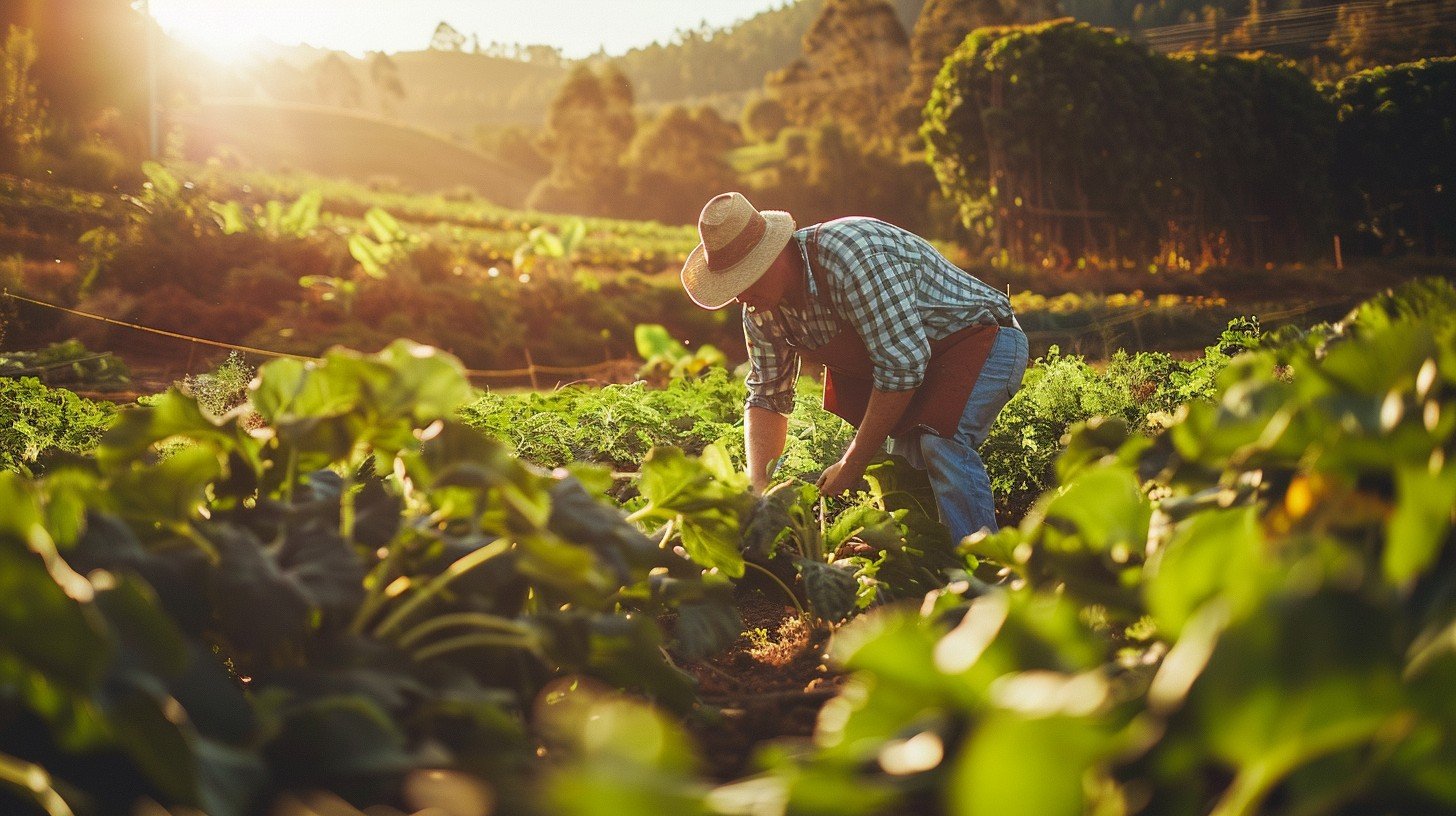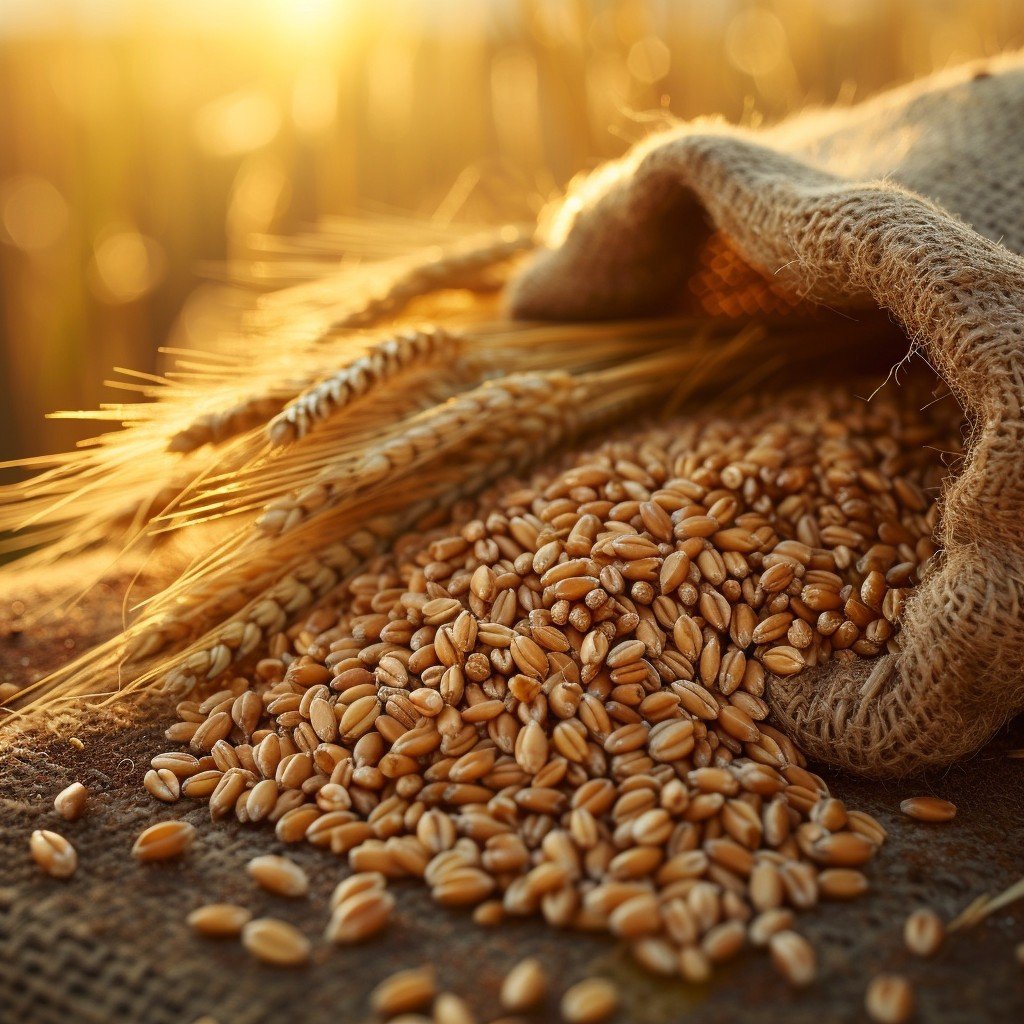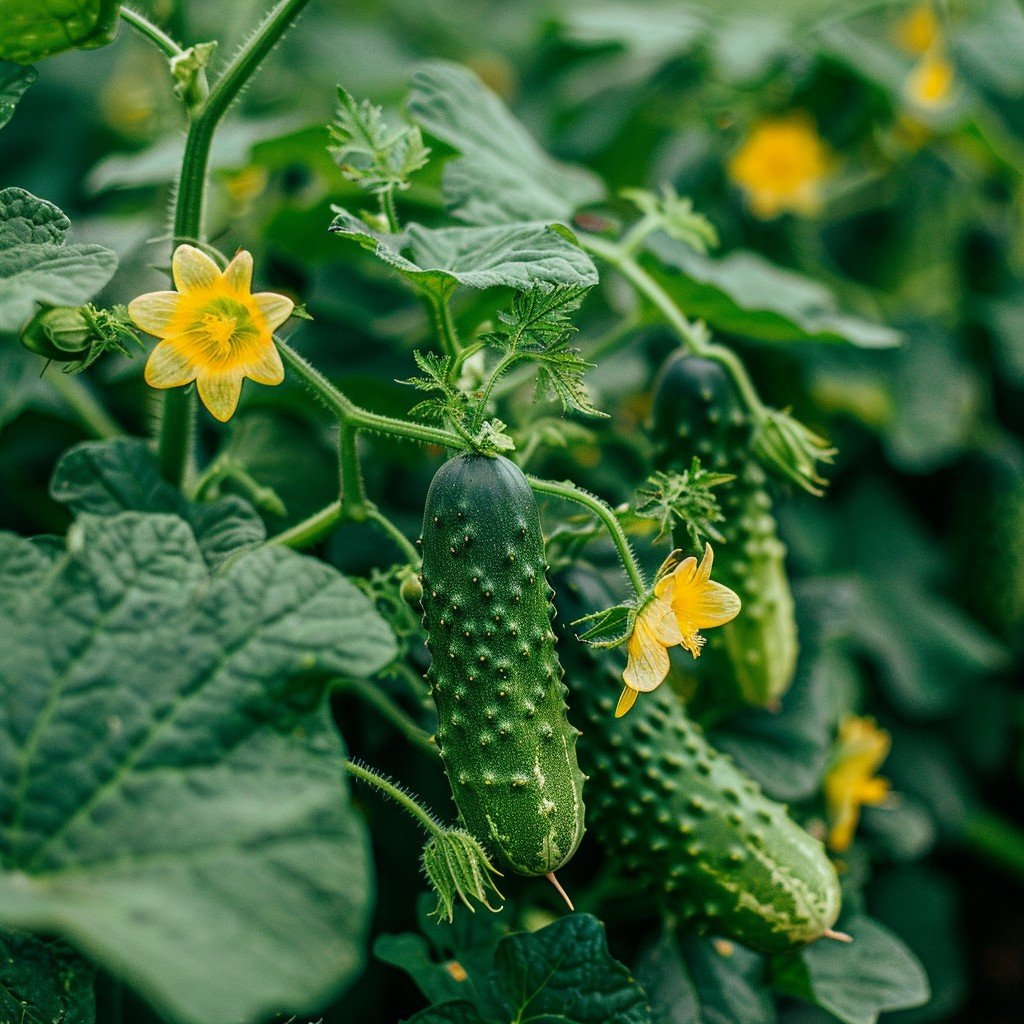1. Introduction
Is it not everybody’s dream to have fresh herbs right under the palm, ready and prepared to elevate that culinary dish right there? Growing herbs indoors is not only an easy, hassle-free task to add a pinch of spice to your meals but is also a very rewarding hobby to have a little bit of nature and freshness in one’s living space. In this post, we’ll dive into growing herbs indoors from plant selection to year-round care. So let’s roll up our sleeves and dive into what cultivation of indoor herbs is all about.
2. Selecting the Right Herbs
Long before it ever became a trend, some plants were always more suited to life indoors than others. Good plants for a beginner to start with would be basil, chives, mint, parsley, and thyme. These herbs are relatively easy to handle and can be fitted to indoor conditions.
Consider the space and climate you are going to dish out herbs accordingly. If it is a sunny windowsill, you’ll want to grow sun-loving herbs like rosemary or sage. Where light is small, you’ll choose herbs that can tolerate low light levels, such as mint or parsley. That’s the trick: matching up the needs of the herb with what your inside environment will be able to provide.
3. Critical Growing Conditions for Herbs
Light Requirements: Most herbs need at least 6 hours of direct sunlight per day. The southern windows will have perfect light; if you lack natural light, however, you can always use some grow lights to ensure that your herbs receive as much light as they want.
Temperature and Humidity: Herbs generally prefer temperatures between 65-70°F. Although most herbs will put up with a few degrees either way, they should not stand near drafty windows or sources of heat. Most herbs do, however, love humid conditions mist frequently, or stand pot on a saucer filled with gravel and water.
Air Circulation: Good air circulation will help prevent fungal diseases as much as it promotes the strength of the stems of your herbs. A small, low-speed fan can work wonders if your space doesn’t possess that natural air movement.
4. Selecting Containers and Soil
Containers: Really, it’s the pot you choose that might make the difference in your herb-growing success. Pick containers with built-in drainage holes to avoid your herb plants’ roots from drowning due to excess water. Clay pots work just fine for herbs that prefer drier conditions, but for those that love moisture, they would be best combined with plastic or ceramic materials. Size will matter; hence, go for a pot large enough to accommodate its growth without being overwhelmingly huge.
Soil: While your herbs will survive with garden soil, they would do a lot better with more than that. Use some good, well-draining potting mix intended for use in containers. Take it a step further and mix one yourself using equal parts of potting soil, perlite, and compost. This ensures good drainage but still carries the nutrients needed for the herbs to thrive.
5. Planting and Propagation
Starting from Seeds vs. Cuttings: Of course, growing your herbs from seed can be very satisfying. If you are not a very patient person, buy small plants from a nursery, or you can take cuttings from existing herbs. If you start with seeds, do not forget to use a seed-starting mix and keep it moist consistently until germination.
Proper Planting: When transplanting, the root ball of the plant should be at grade. Lightly firm the soil around the plant to prevent settlement and aeration pockets. Give a spacing sufficient for aeration between plants and leaving room for growth.
6.Watering and Fertilization
How often to water and how: Probably the golden rule on watering your indoor herbs is that their soil needs to be kept moist but not waterlogged. Water when the top inch of soil has dried to the touch. The water should be at room temperature. Aim for the root area, avoiding wet leaves, which can lead to fungal problems.
Types of Fertilizers and Feeding Schedule: Herbs do not seem too greedy, but they do like an added boost now and then. Feed them balanced, water-soluble fertilizers at half the recommended strength once every 4-6 weeks during growing seasons. You can also feed them slow release, organic fertilizers during the beginning of growing seasons.
7. Pruning and Harvesting
Techniques to Encourage Bushy Growth: A regularly pruned plant will always be fuller and bushier than one you simply allow to grow. Indeed, with some herbs basil and mint especially it’s a good idea to pinch off the top sets of leaves off regularly. You get fresh herbs to use and encourage new growth at the same time.
How and When to Gather Herbs: Most herbs are at their best when gathered in the morning, after the dew has dried off but before the heat of the day. It is now that the concentration of essential oils is best in plants. Never take more than a third of a plant at any one time; this will let it recover and keep growing.
8. Common Problems and Their Solutions
Pests and Diseases: House plants must be checked for pests, most of which are aphids, spider mites, and whiteflies. A good majority of the time, this can be rectified with a jet of water to wash them off their perch. Insecticidal soap or neem oil should be used when there is a more persistent infestation. Generally, fungal diseases are most often avoided by proper air circulation and by preventing the plant from getting too wet.
Troubleshooting Growth Issues: Yellowing leaves generally tell you overwatering, while brown, crispy edges suggest underwatering or low humidity. The long and leggy growth usually denotes a lack of light. Look out for these and adjust your care accordingly.
Some Herb-Specific Tips
While general care principles apply to most herbs, some have specific needs:
Basil loves warmth and ample water but can’t tolerate cold drafts.
Rosemary prefers drier soil and cooler temperatures.
Mint is a vigorous grower and does best in its container to prevent it from taking over.
Cilantro has a short life cycle, so plant new seeds every few weeks for a continuous harvest.
Parsley can tolerate lower light conditions better than many other herbs.
9. Conclusion:
Indoor growing of herbs is a journey of learning and delicious rewards. With a little care, proper conditions, and patience, it won’t be too long before you get to enjoy a lush green indoor herb garden that will enhance your cooking, and add life, and fragrance to your home.
Remember, every herb is different and every home is different. Don’t be afraid to experiment around a little and see exactly what works best with your plants and in your space. Isn’t that half the fun of picking fresh herbs to add to your meals, along with the satisfaction of having raised living plants and the beauty they enhance in a home?
So what are you waiting for? Plant your indoor herb garden today and see the joy of bringing up your gourmet treasures right in your kitchen. Happy growing!


